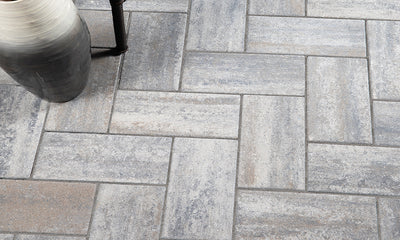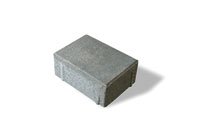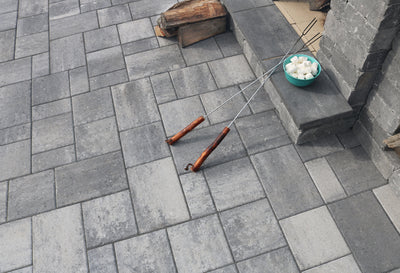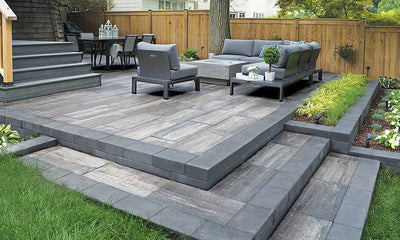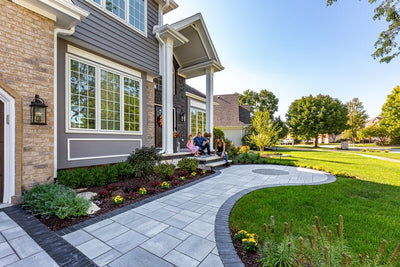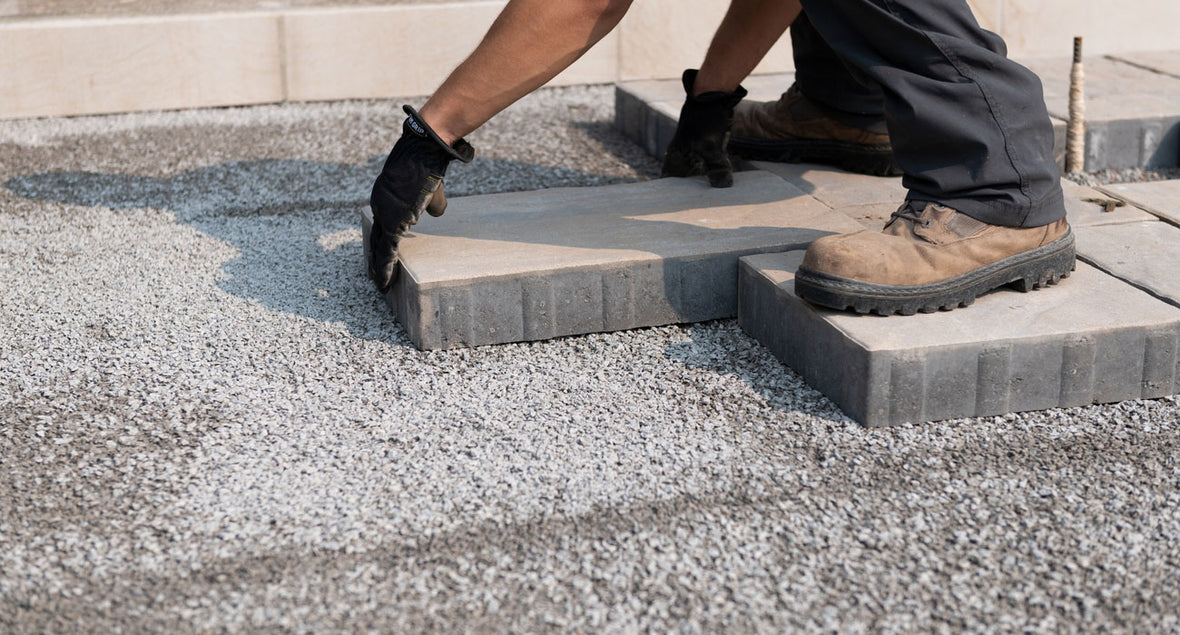
9 Essential Tips for Using Patio Pavers for Your Next Landscape Project
Jonathan Perrette
Transform your outdoor space with Canlok stone’s patio pavers. Pavers are known for their aethetics, durability, ease of installation, and ability to fit any design vision.
Here are 9 essential tips to consider when incorporating these pavers into your landscape.
1. Build a Solid Foundation
Before laying your patio pavers, ensure you have a sturdy base. This usually involves excavating between 8 and 12 inches, depending on the material used. Always contact local utilities before digging to avoid any issues with electrical, cable, or plumbing lines. For best results, consider hiring a professional who is familiar with paver installations.
2. Ensure a Level Surface
A level bedding layer is crucial for a successful patio. Place the patio pavers on a bed of evenly screened concrete sand. An uneven surface can detract from the patio’s appearance and create safety hazards. Check out our selection of base materials available at Canlok Stone
3. Install Edging
Proper edging is a key structural component of a durable patio. Options include flexible edging materials like aluminum and plastic or concrete curbing units, which should be securely mortared in place.
4. Secure the Joints
The final step in your patio project involves adding joint sand. Spread this material over the surface, brush it in with a broom, and compact it into the joints using a plate compactor. There are various joint finishes to explore to enhance the look of your patio.
5. Make Precise Cuts
Most patio projects require cutting paver pieces to fit the design. Use a masonry saw to trim pavers to the needed size and shape. When choosing a contractor, examine their portfolio for the quality of their cuts, as this reflects their skill and attention to detail.
6. Maintain Proper Slope
For effective drainage, the patio surface needs a slight slope. A good rule of thumb is a quarter-inch drop for every two feet, directing water away from your home to prevent damage. Professional landscapers are best suited for setting up this proper pitch.
7. Simple Maintenance
While a paver patio might have a higher initial cost than other options, the long-term maintenance is minimal. Keep your patio pavers looking great with occasional sweeping and rinsing with water. For stubborn stains, a pressure washer can be used, though many paver products are designed to resist stains.
8. Keep Spare Pavers Handy
Despite their durability, individual pavers can become chipped or cracked over time. Keep extra pavers from your initial installation to easily replace damaged pieces as needed.
Explore our range of paver options for your next project!




